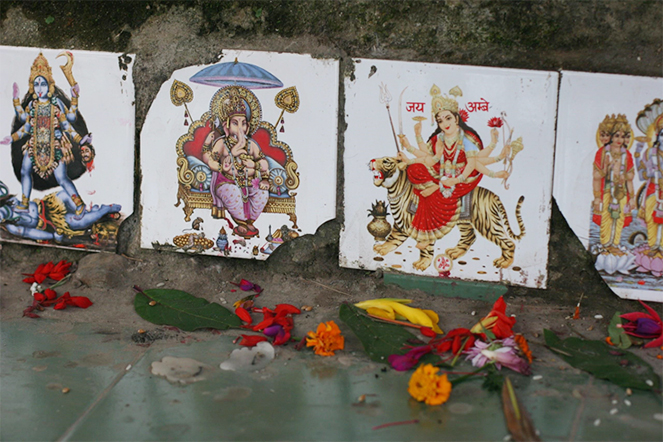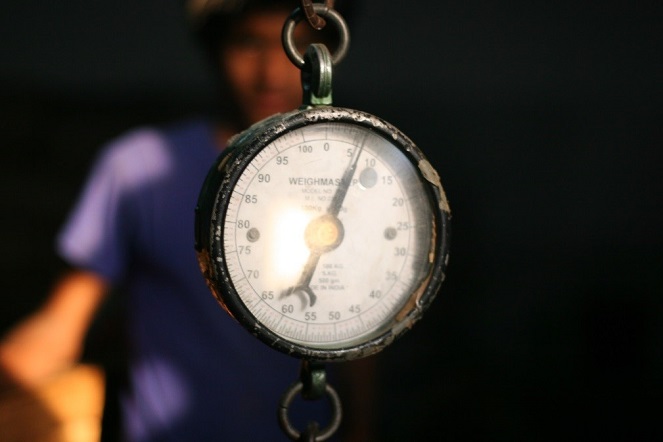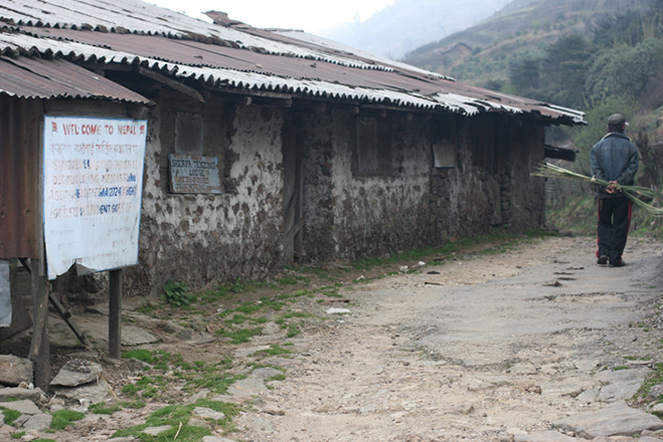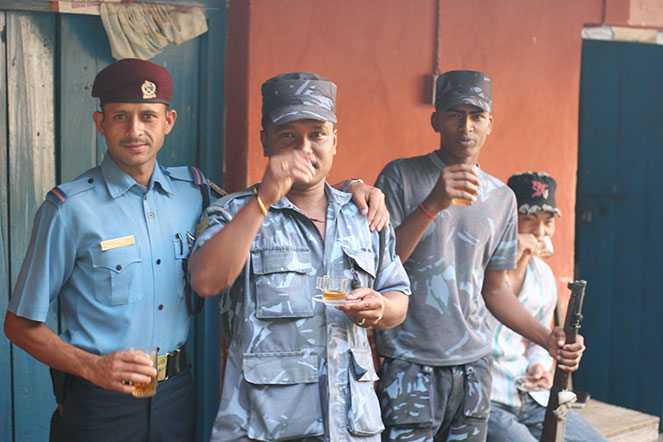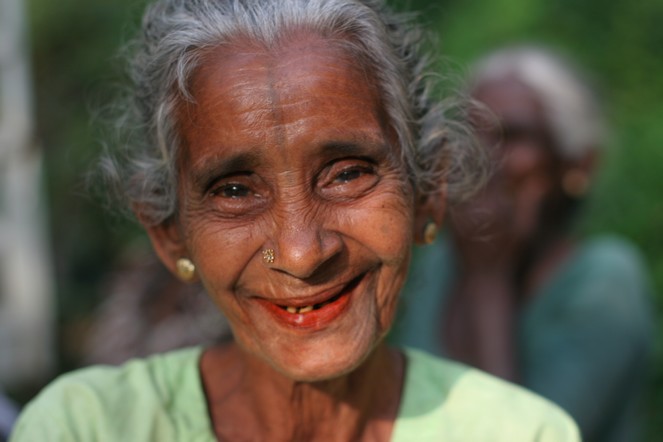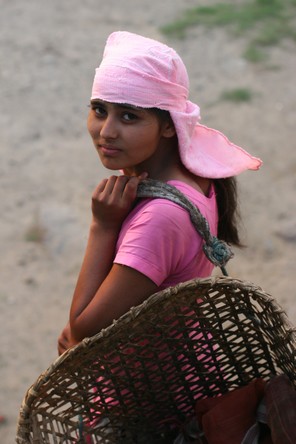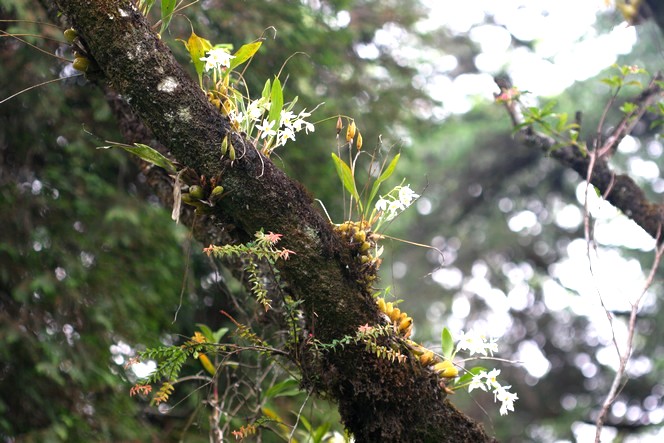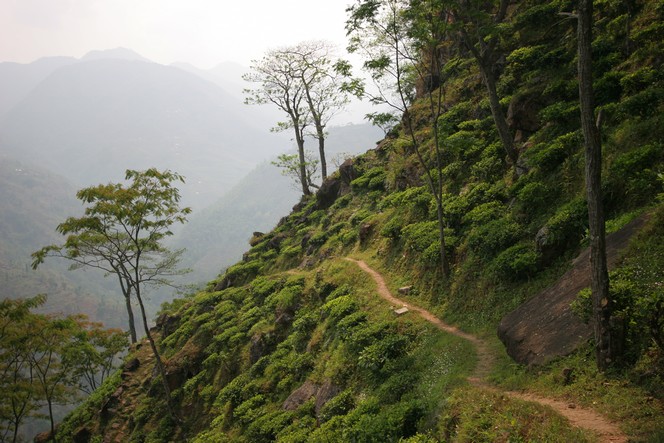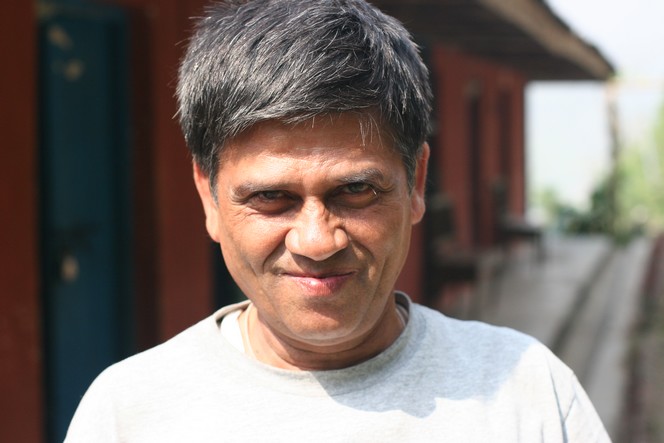My selection of first-flush Darjeelings is over, the Nepalese season is in full flow, and then it’s the turn of the new-season China teas, before the first Japanese Ichibancha are ready. Between 1 March and 10 May every year, I can taste more than 100 teas every day, not counting the ones I infuse several times, when I’m deciding between different batches. The peak of this pleasant activity, which I always look forward to, takes place around the end of April. At this time of year, so many samples pile up every morning in the packages sent by express mail from Nepal, India, China and Japan, that I sometimes don’t know which way to turn.
Nepal
Two “grand cru” teas from Nepal to try soon: Mist Valley and Sandakphu
Three plantations in Nepal are currently producing teas that in my view are worthy of the “grand cru” appellation. But in the past year, it has to be said that Guranse, Kuwapani and Jun Chiyabari are no longer alone in offering exceptional teas. Mist Valley and Sandakphu, both situated in Ilam Valley, are making teas of remarkable flavour quality. These teas will be ready to try in a few days, and are excellent value for money.
Making tea requires great precision
Spring harvest in Nepal
Every year, the first-flush Darjeelings open the season, followed by the spring harvests in Nepal, then China and Japan. I have now started tasting the first samples of Nepalese teas. They come a few weeks after the Darjeelings, due to the harsher climate. Yet the two regions are not so far apart, barely a few days’ walk, and you could pass from one country to another without noticing it unless you pay attention to the signs.
A break for tea
At the moment there is much talk of the violence in Ukraine; tomorrow it will be somewhere else. Violence, blood, weapons: it is as if man cannot live without them. The quality of this photo is not good, I took it quickly, in Nepal, during a visit by the army to the tea plantation where I was staying. That was a few years ago, when the country was experiencing a bloody conflict, but at that particular moment, despite the fighting, the soldiers wanted to put down their weapons and enjoy a good cup of tea.
Keeping tea
The optimal storage period can vary a great deal from one tea to another. Green teas from Japan and China do not last long, and just a few months after harvest the difference in flavour is noticeable. The same goes for first flush Darjeelings. On the other hand, what are known as dark teas, the famous Pu Ers, get better with age. Lastly, many black teas as well as the most oxidised of the Wulongs often retain their qualities for years. Like this Nepalese plucker whose smile, charm and generosity are impervious to the passing of time.
Fill your baskets with tea
This charming Nepalese tea plucker is setting off with her basket to harvest the young shoots of the tea bushes.
She reminds me of you all who, at this festive time of year, are out looking for things that will make your loved-ones happy.
Wild orchids growing around tea plantations
Spending your life in the tea fields does not prevent you from wandering around the tea plantations and raising your eyes to admire the nature around you. Here in Nepal, wild orchids grow right on the tree bark. Alongside them live many other delicately coloured flowers and mosses.
A Nepalese plantation in the middle of nowhere
For the first time, a few weeks ago, I bought a lot of a spring tea from the Kanchenjunga Tea Estate. This Nepalese plantation, situated in the middle of nowhere – two day’s travel across the Terai Plain – is one of the most promising in the country.
While there, you can admire the incredible steepness of the slopes as you realise how difficult it must be to harvest the leaves on such a gradient. As for this narrow path which snakes around the side of the mountain, and along which I have seen villagers walking, laden down like mules, it is the only route for the inhabitants of other hamlets located a few days’ walk from here.
Dilli Baskota, un passionné de thé au Népal
Je termine tout juste ma sélection annuelle de thés de printemps en provenance du Népal. Ils seront disponibles dans quelques jours, le temps de les acheminer par avion. Cette année ce sont les plantations de Guranse et de Kuwapani qui ont produits les meilleurs lots. Ils sont remarquables et si vous n’y avez jamais goûté, dépêchez-vous ! Ils valent le détour.
D’autres jardins ont fait de gros progrès et je viens de réserver deux lots correspondants : l’un en provenance de Everest Tea Estate et l’autre issu de Kanchenjunga Tea Estate- une plantation sublime située à l’extrême nord de la Vallée d’Ilam et dirigée par mon ami Dilli Baskota que vous voyez ici. Un homme passionné par le thé et très impliqué dans le développement durable de sa région.

